Like all forms of storytelling, cinema has distinct genres with its tried and true tropes. Some films choose to remain within the comfortable frameworks of their genre while others choose to do more. The films that truly impact moviemaking history are created when directors challenge these established rules to create new cinematic experiences. These boundary-breaking movies are not only entertaining—they redefine how we think about storytelling in motion pictures.
From the early days of silent films to modern 4K masterpieces, the evolution of genre in cinema is propelled by technological advancements and changing cultural and societal attitudes. In this blog post, we’ll discuss 10 transformative films that redefined their genres through innovative storytelling, technical breakthroughs, and their wider cultural impact.
The Power of Storytelling: Character-Driven Masterpieces
- There Will Be Blood (2007)
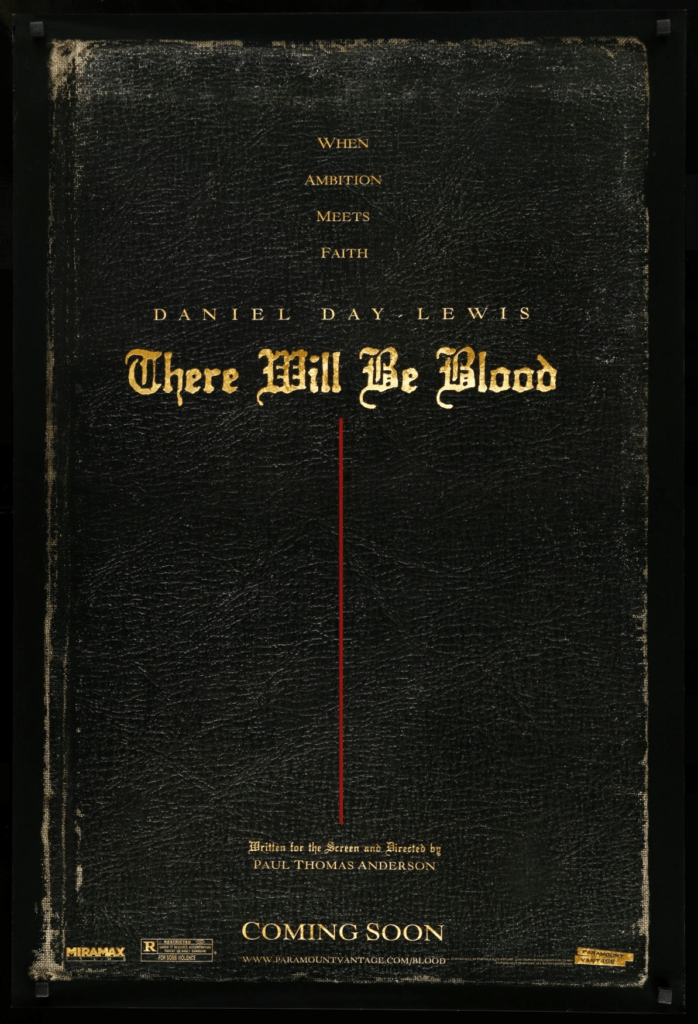
While traditional Westerns mythologized the American frontier through gunfights and moral clarity, this film reveals the dark side of manifest destiny and unfettered greed and ambition. Daniel Plainview (Daniel Day-Lewis) isn’t the typical Western protagonist seeking justice or redemption. Day Lewis’s performance transforms the archetypal Western prospector into something more complex and terrifying—a man whose pursuit of wealth and power leads to moral degradation and psychological isolation.
By prioritizing psychological complexity over genre conventions, “There Will Be Blood” created a new template for how historical dramas could engage with genre expectations while transcending them through character-focused storytelling.
- Rashomon (1950)
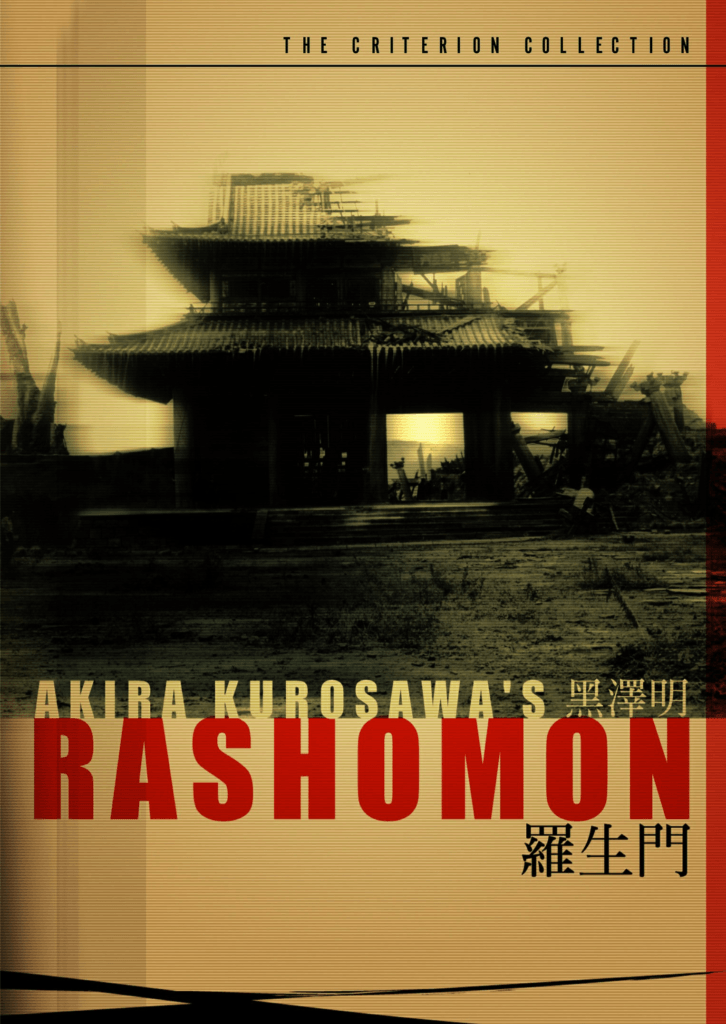
This film transcended the samurai and period drama genre by shifting focus from external action and historical events to an introspective exploration of subjective truth and moral ambiguity. The characters are not simple representations of good and evil; they are flawed and complex. Each one is motivated by their own desires, weaknesses, and fears. The individual testimonies reflect how their personal biases and survival instincts shaped their versions of the truth.
By prioritizing these internal conflicts and emotional states over the plot’s external events, Rashomon creates a deeply human story that speaks to the complexity of individual perception and moral responsibility.
- Eternal Sunshine of the Spotless Mind (2004)
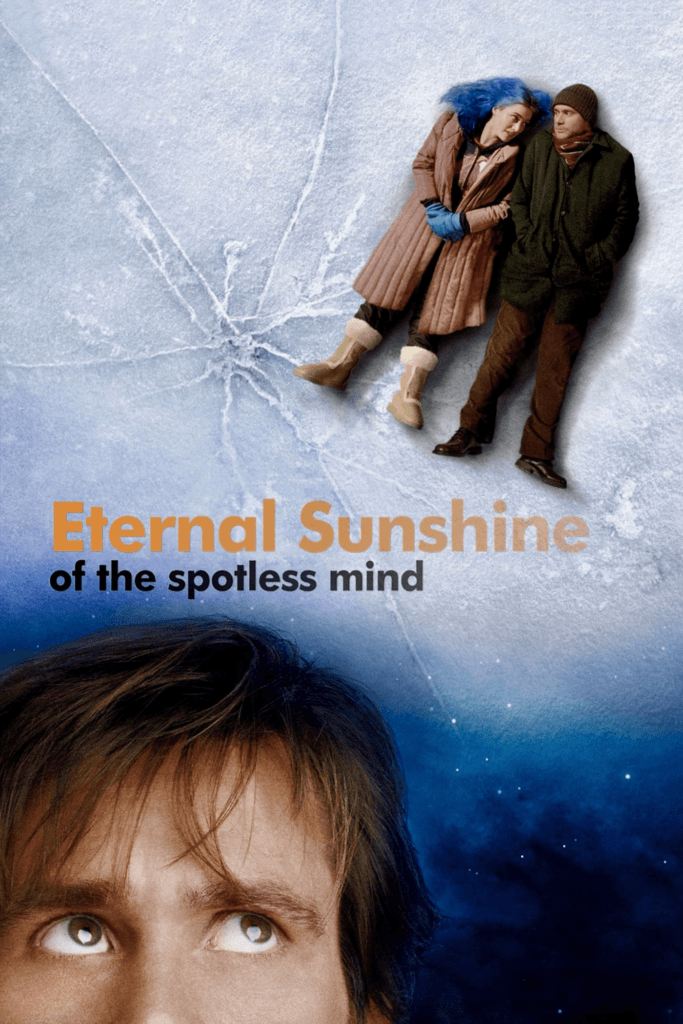
This film achieves its emotional depth by subverting both science fiction and romantic comedy conventions. Unlike traditional sci-fi films that establish their futuristic setting through sleek technology and advanced infrastructure, “Eternal Sunshine” deliberately presents its memory-erasing technology within the landscape of contemporary New York. The familiar environment and ordinary-nature of the technology motivates the audience to focus on the emotional struggles of the main characters.
Unlike traditional romcoms that build toward a couple getting together, this film begins with their breakup and works backward, showing how even their “meet cute” moments are colored by the knowledge of their eventual separation. The film demonstrates how stripping away genre conventions can create space for more nuanced character development.
Visual Revolution: Cinematic Techniques That Transcended Genre
- The Shining (1980)
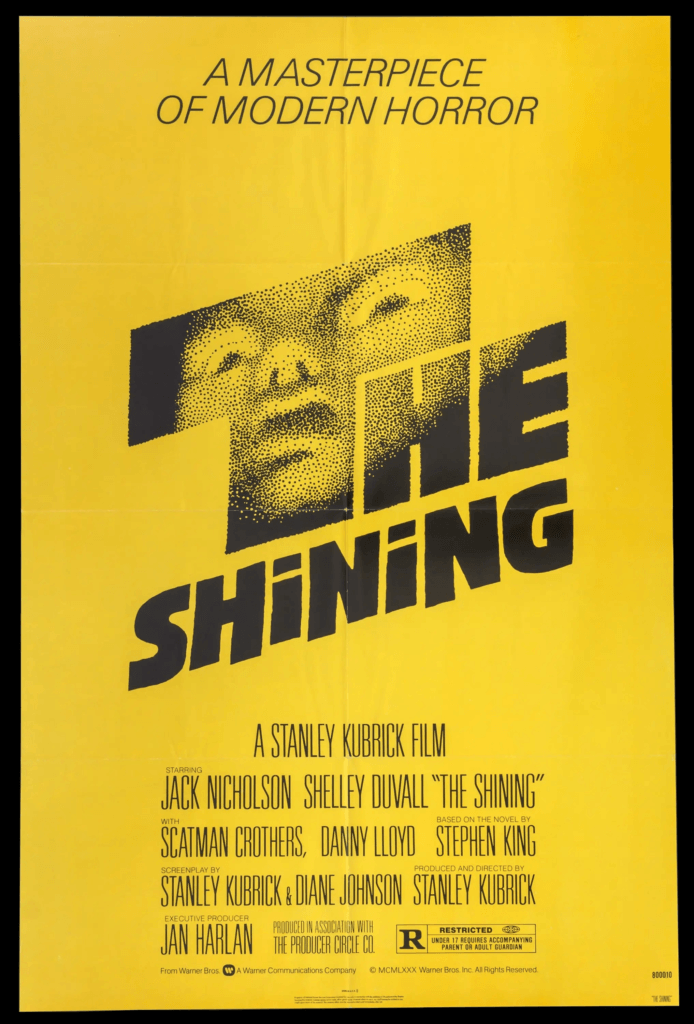
This film is often considered a masterclass in blending visual artistry with genre filmmaking. Its famous wide shots made the characters appear small and insignificant within the expansive, desolate hotel and heightened the sense of isolation and helplessness. The deliberate emptiness in many scenes is not just a stylistic choice; it evokes the psychological state of the characters, especially Jack Torrance (Jack Nicholson), who becomes more unhinged the longer he stays at the hotel.
The Shining set a new standard for filmmakers with its unsettling wide shots, groundbreaking use of Steadicam, naturalistic lighting, and symbolic color choices. It influenced not just the horror genre but also how suspense and tension are built visually in films across genres.
- Citizen Kane (1941)
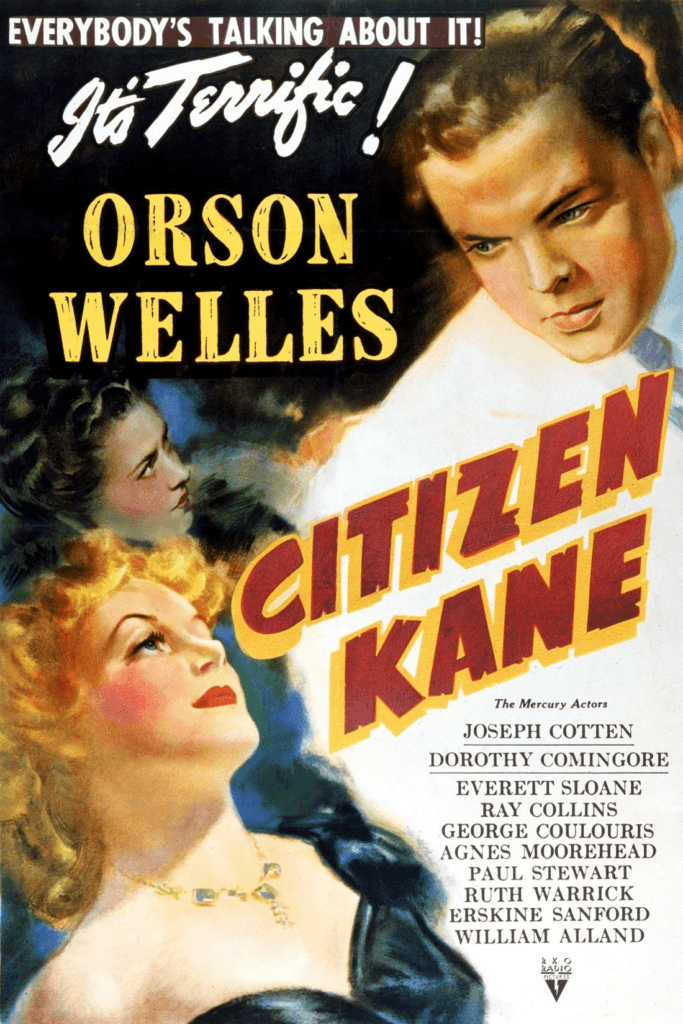
This film is known for its innovative use of deep focus cinematography, which allows both the foreground and background to remain in sharp focus simultaneously. This technique not only enhanced the narrative but also challenged traditional genre conventions, particularly for dramas or mysteries where focus was usually reserved for the central character or key plot points.
Biographical films about prominent figures are normally focused on humanizing or simplifying the subject. “Citizen Kane” redefined the visual language of biography by using camera angles to convey not just surface-level grandeur, but deeper, more introspective commentary about the protagonist’s moral decay and emotional isolation.
- The Matrix (1999)
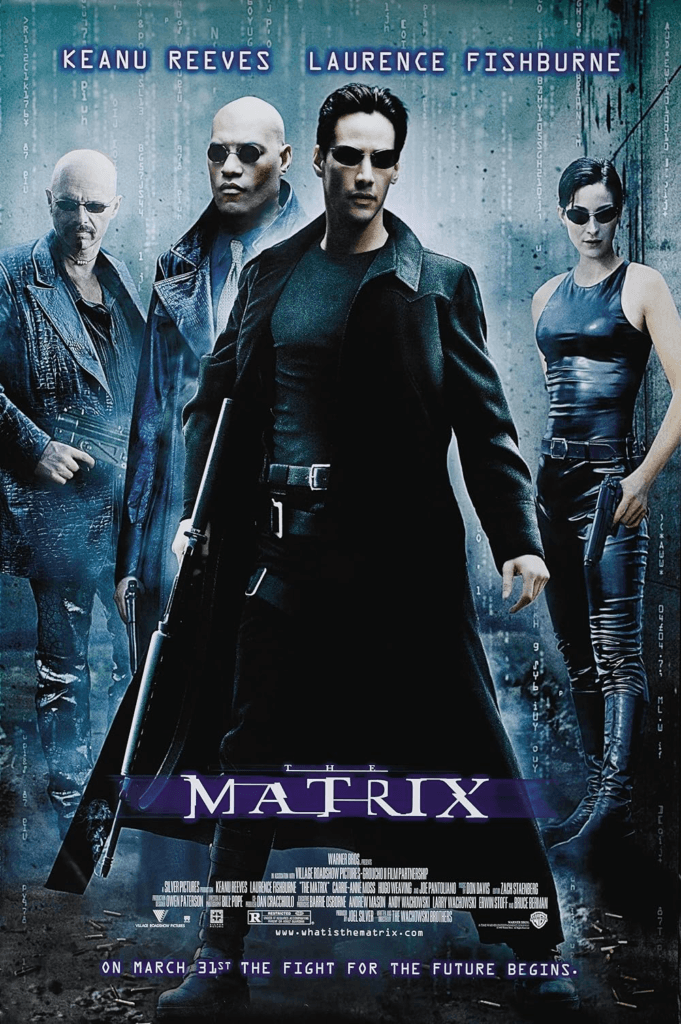
This film reshaped the landscape of both science fiction and action cinema through its groundbreaking use of visual techniques. One of its most iconic visual elements is the “bullet time“ effect. This is a visual technique that allowed the camera to move around action sequences in slow motion while keeping the subjects in sharp focus. It not only served as an action spectacle but also embodied the film’s central themes—about bending the laws of reality and perception.
By combining groundbreaking special effects, innovative cinematography, and an artistic approach to storytelling, the film pushed the boundaries of its genre and established a new benchmark for visual excellence.
Cultural Impact: How Genre-Defying Films Reflect Society
- The Godfather (1972)
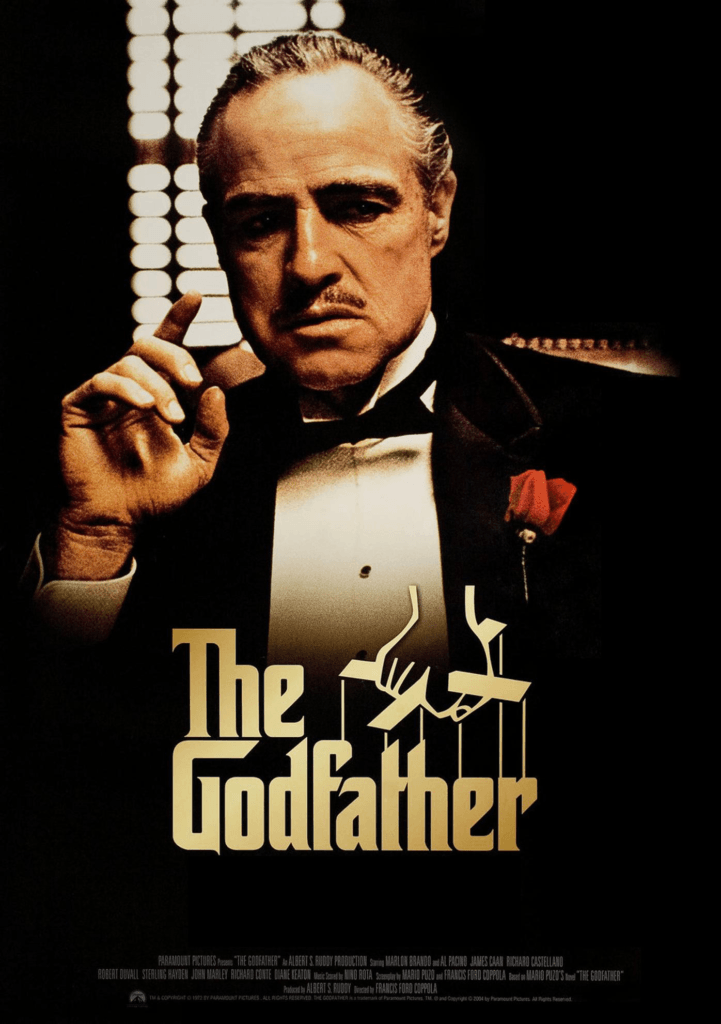
The film’s focus on the inner workings of the Corleone family shifts the narrative away from mere gangster tropes to a broader exploration of intergenerational legacy and personal sacrifice. Instead of glamorizing crime with action-packed shootouts, The Godfather presents a deeper psychological portrait of the men who run the mafia, their internal struggles, and their inevitable descent into moral darkness.
This film also tapped into the cultural zeitgeist of the early 1970s. It was an era marked by social unrest, political disillusionment, and a growing sense of cynicism. The themes of corruption, power, and betrayal resonated deeply with audiences during a time of low public trust in American institutions.
- Parasite (2019)
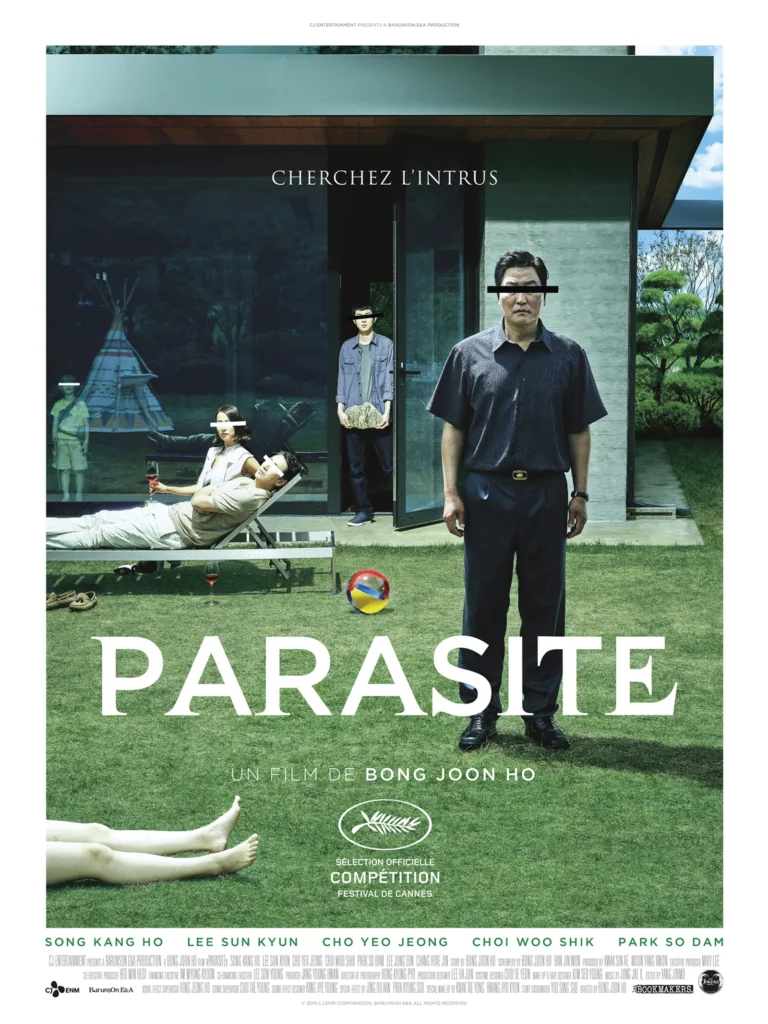
This film effortlessly blends elements of satire, social commentary, thriller, and horror. By the time the film reaches its shocking climax, it has simultaneously ventured through various genres and effectively subverted the expectations of each. What starts as a dark comedy about the Kims’ infiltrating the wealthy Park household to escape poverty, becomes a tense thriller and brutal social commentary on social mobility and the increasing wealth gap between the elites and the working class.
The image of the Kim family living in their dank basement apartment, contrasted with the lush opulence of the Parks’ mansion, serves as a striking visual metaphor that resonates with audiences worldwide.
- Breathless (1960)
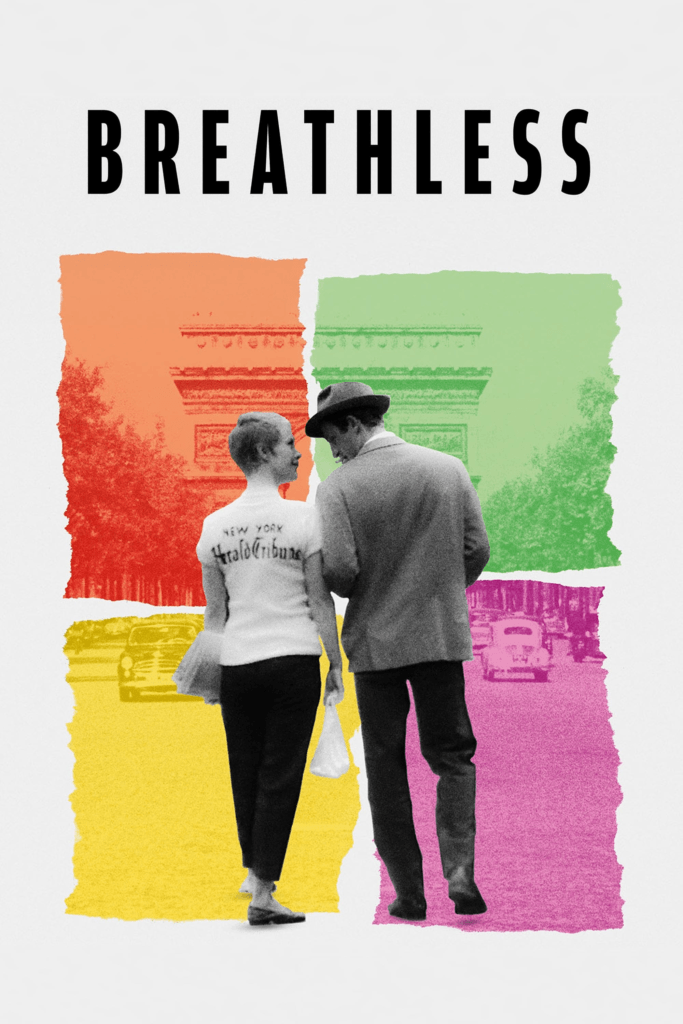
This film is a quintessential example of how the French New Wave rejected the traditional constraints of cinematic genre and narrative structure. It blended elements of crime drama, romance, and experimental filmmaking. This departure from the polished, traditional narrative style of Hollywood films helped to establish Breathless as a genre-defying work that blurred the lines between art-house cinema and mainstream entertainment.
The film’s focus on youth, existential uncertainty, and the questioning of authority mirrored the broader cultural movements of the 1960s. The protagonists reject the conventional expectations of their time, just as the French New Wave itself rejected the rigidity of classical cinema.
- Her (2013)
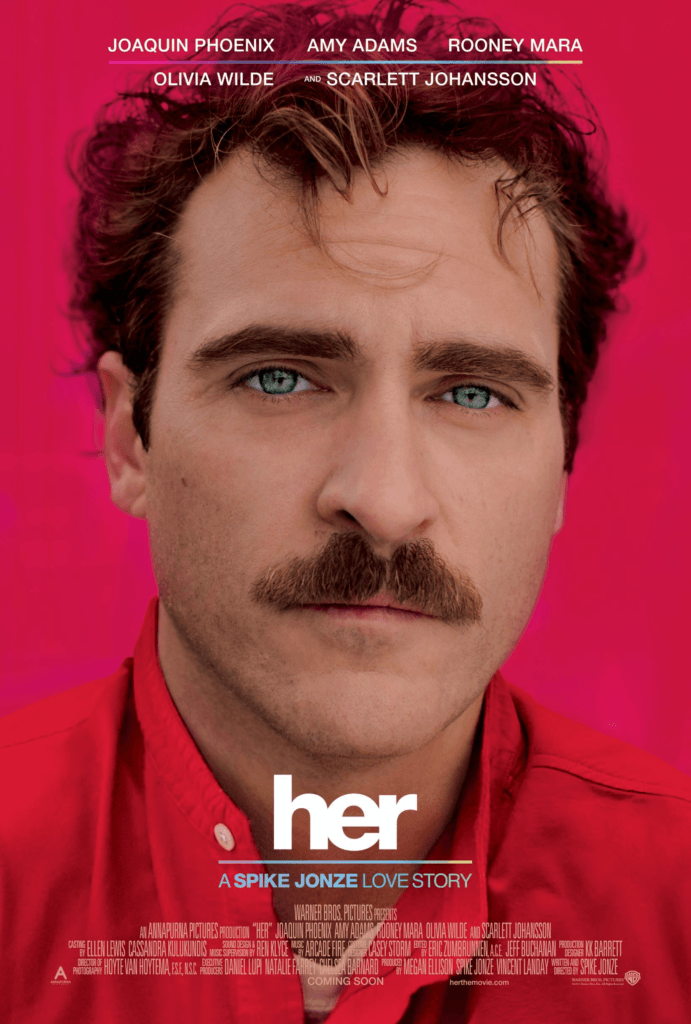
At its core, this film is a story about human loneliness and connection, framed through the lens of a near-future society where AI can serve as deeply personal companions. The film’s premise—a man falling in love with his operating system—is initially unsettling and surreal. But the treatment of this relationship as a deeply emotional and existential journey elevates Her beyond the traditional realms of both romance and sci-fi.
This film is a commentary on the changing nature of human interaction. This topic resonates deeply with a society in the midst of rapid technological change such as the rise of social media, AI, and digital communication tools. Her taps into the growing cultural fascination with technology and its potential to reshape human life in profound ways.
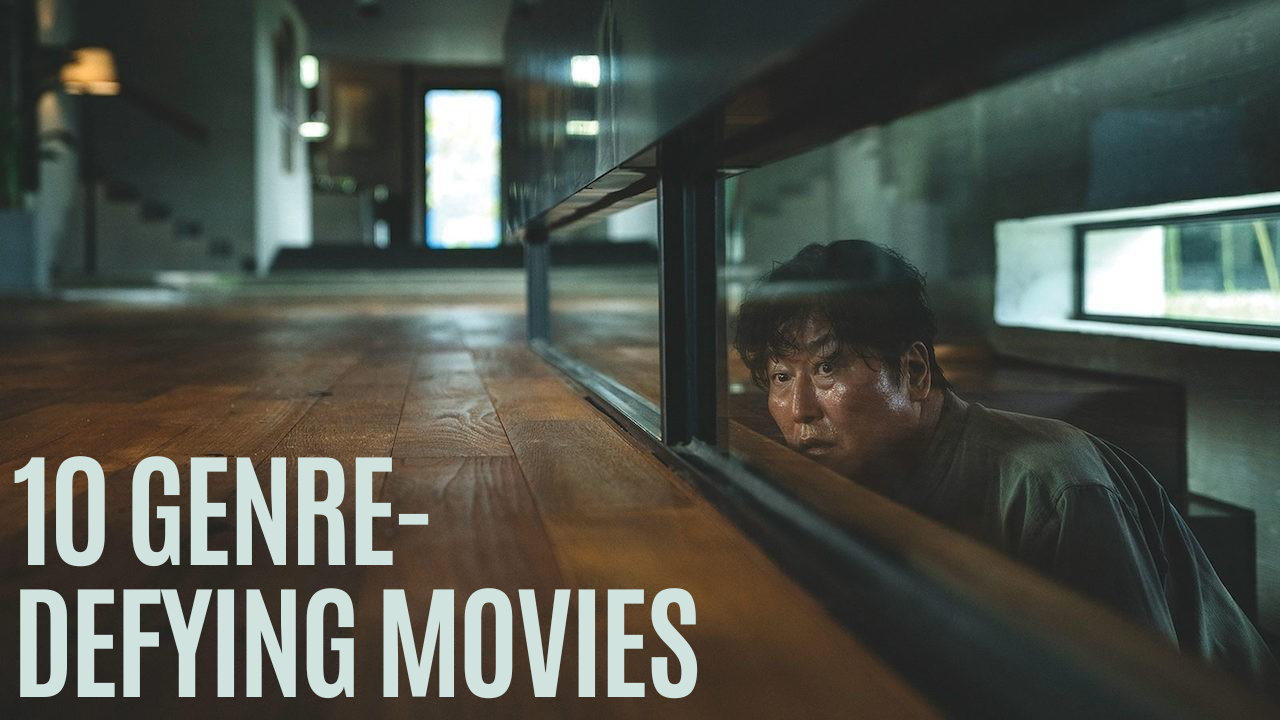
Leave a Reply